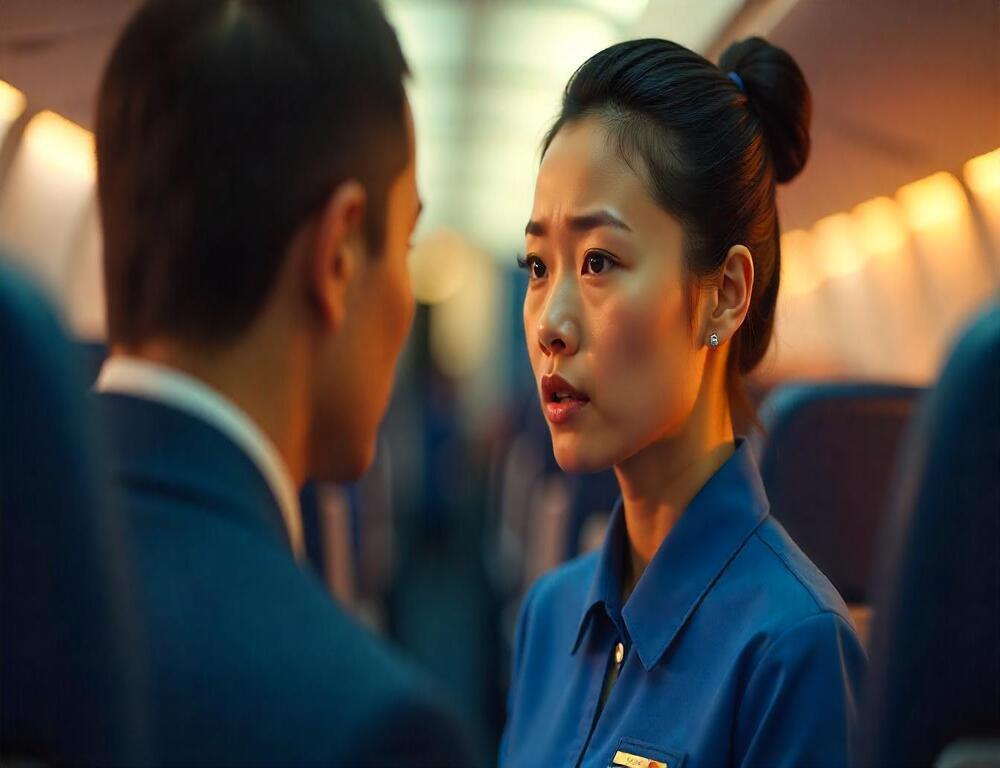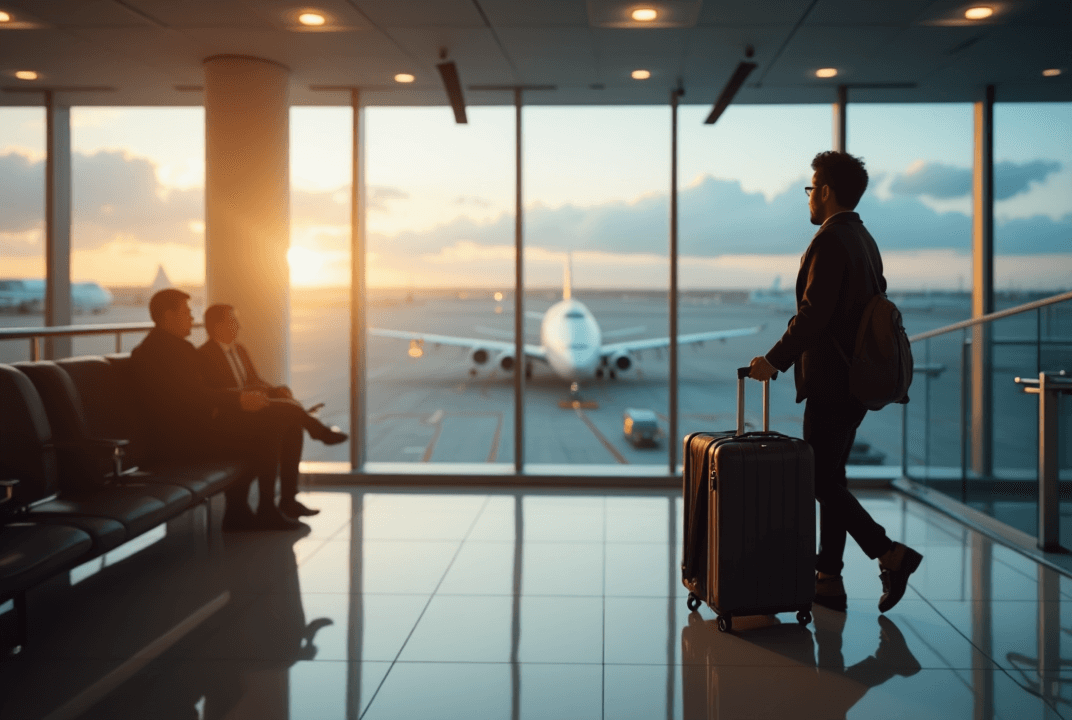Dubai International Airport, London Heathrow Airport, Hamad International Airport, Paris Charles de Gaulle Airport, Sydney International Airport, Singapore Changi Airport: How the World's Top Terminals Are Becoming Popular Tourism Destinations
Igandea, maiatzaren 4, 2025

Today’s elite airports are no longer just gateways between destinations—they are curated experiences that elevate the journey itself. As global travelers increasingly value comfort, wellness, and immersion, airports across continents have stepped up to offer far more than fast check-ins and clean terminals. In a world where travel delays are frequent and leisure travel is surging, the airport experience has become part of the destination.
Tourism authorities and aviation strategists now recognize that luxurious airports can drive regional economic growth, enhance a country’s image, and extend the traveler’s engagement beyond the arrival hall. These ten international airports offer not only efficient transit but also curated luxury that supports premium tourism.
Dubai International Airport remains unmatched in the luxury category. With over 90 million passengers a year, it reflects the UAE’s global tourism strategy rooted in innovation and high-end travel. The terminal features a hotel, swimming pool, gym, cinema, indoor gardens, and one of the world’s largest duty-free shopping areas.
DXB directly supports Dubai’s status as a tourism superhub. Travelers often schedule extended layovers just to enjoy the airport’s spa treatments, shopping for luxury watches and fragrances, or relaxing in its tranquil garden areas. The airport is integrated into Dubai’s tourism branding, aligning aviation infrastructure with high-value leisure traffic.
Heathrow is Europe’s busiest airport and a showcase of British hospitality and design. Terminal 5 hosts brands like Gucci, Chanel, and Rolex, while 43 lounges cater to every tier of luxury traveler. British Airways’ Concorde Room offers private cabanas and full restaurant service, while the Windsor Suite provides celebrities and VIPs exclusive access.
For inbound travelers, Heathrow serves as a luxurious prelude to the UK’s tourism assets—from London’s palaces to countryside escapes. It also enhances business travel through its first-class concierge and transit services, indirectly supporting the conference and meetings industry.
Doha’s Hamad International Airport is not only an aviation hub—it’s an art space, resort, and retail district. Its Al Mourjan Business Lounge is one of the largest in the world, offering sleeping suites, gourmet dining, and spa services. The 23-foot Urs Fischer teddy bear sculpture adds cultural depth and curiosity to the airport space.
As Qatar increases its tourism promotion post-World Cup, Hamad International plays a critical role in attracting upscale travelers. The airport enables extended layovers through sleeping pods and wellness lounges, serving as a direct link between Doha’s hospitality goals and aviation services.
France’s flagship airport mirrors the charm and sophistication of Paris. With designer shopping (Dior, Bvlgari), French cuisine, and terminal art museums, CDG ensures tourists begin their French journey as soon as they land. U2 once filmed a music video here—testimony to its cultural value.
Luxury terminals like 2E promote France’s tourism exports—fashion, food, and art—before travelers ever exit the terminal. This positions CDG as both a travel hub and a cultural ambassador, particularly for tourists on short visits or connecting flights.
Sydney International Airport stands out in the Pacific for its premium services and scenic approach. Travelers enjoy terminal gardens, luxury lounges, and high-end shopping. The Qantas First Class Lounge boasts a spa, curated wine lists, and dining by celebrity chef Neil Perry.
Sydney’s location as a gateway to Australia’s east coast makes SYD a tourism touchpoint. Many Asia-Pacific travelers consider its arrival hall the start of their luxury experience, making the airport an integral piece of the travel value chain for inbound tourism.
Changi Airport is often called the world’s best, and for good reason. Jewel Changi, its lifestyle complex, features a 40-meter indoor waterfall, forested trails, luxury cinemas, and garden zones. Free city tours for long layovers and rooftop pools create an experience that’s more resort than airport.
Changi plays a vital tourism role by extending the visitor experience into the airport. Its ability to retain travelers during transits boosts Singapore’s economy through retail, food, and services, while reinforcing the city-state’s identity as a nature-meets-technology destination.
Suvarnabhumi Airport combines high-tech aviation with cultural richness. Featuring traditional Thai pavilions, meditation zones, and massage services, the airport creates a soft landing into Thai hospitality. Its control tower, the tallest in the world, represents the country’s aviation ambition.
BKK supports Thailand’s tourism brand by providing a luxurious transition between jet travel and wellness tourism. Travelers bound for Bangkok’s resorts or temples begin their cultural immersion before even stepping outside the terminal.
Built on a man-made island, HKG is an architectural feat. The airport includes an IMAX theatre, golf driving range, and high-end shops. The Cathay Pacific First Class Lounge offers personal assistants and private spa cabanas.
Hong Kong leverages its airport for tourism continuity. Many travelers extend their stay or shop duty-free before entering mainland China. The airport also serves as a major hub for Asia-Pacific travel, contributing significantly to regional tourism infrastructure.
Frankfurt Airport blends German precision with premium service. Lufthansa’s First Class Terminal is legendary for its cigar lounges, bathtubs, and collectible rubber ducks. Travelers can shop for high-performance German cars inside the terminal.
FRA not only connects business travelers to financial districts but also helps promote inbound tourism through luxury engagement. Germany’s automotive tourism, spa culture, and alpine escapes benefit from FRA’s high-value traveler traffic.
Narita Airport near Tokyo enhances its terminal experience with Japanese elegance. Capsule hotels, tatami meditation rooms, and sake tastings are just some of the immersive cultural offerings. Luxury retailers sell uniquely Japanese items not available abroad.
NRT serves as Japan’s welcome mat, preparing tourists for cultural tourism even before passport control. The attention to detail and comfort underscores Japan’s reputation for hospitality, boosting the appeal of longer vacations and return visits.
Luxury airports are more than status symbols. They are economic engines, tourism promoters, and innovation labs for passenger experience. These terminals:
Travelers now make decisions based not only on airline and destination, but also on . For countries aiming to capture tourism dollars, the airport is the first—and sometimes the most memorable—touchpoint.
If travel is about the journey, then these airports prove the experience starts long before the destination is reached.
Tags: Aire konpainiaren albisteak, Aireportuko Turismoa, Asiako turismo albisteak, Australiako turismo albisteak, dubai nazioarteko aireportua, Europako turismo-albisteak, Frantziako Turismo Albisteak, Hamad Nazioarteko Aireportua, nazioarteko hegazkina, Londresko Heathrow aireportua, Ekialde Ertaineko turismo albisteak, Ozeaniako Turismo Albisteak, Paris Charles de Gaulle aireportua, Qatar turismo albisteak, Singapurreko Changi aireportua, Singapurreko Turismo Albisteak, Sydneyko Nazioarteko Aireportua, Arabiar Emirerri Batuetako turismo albisteak, Erresuma Batuko turismo albisteak











